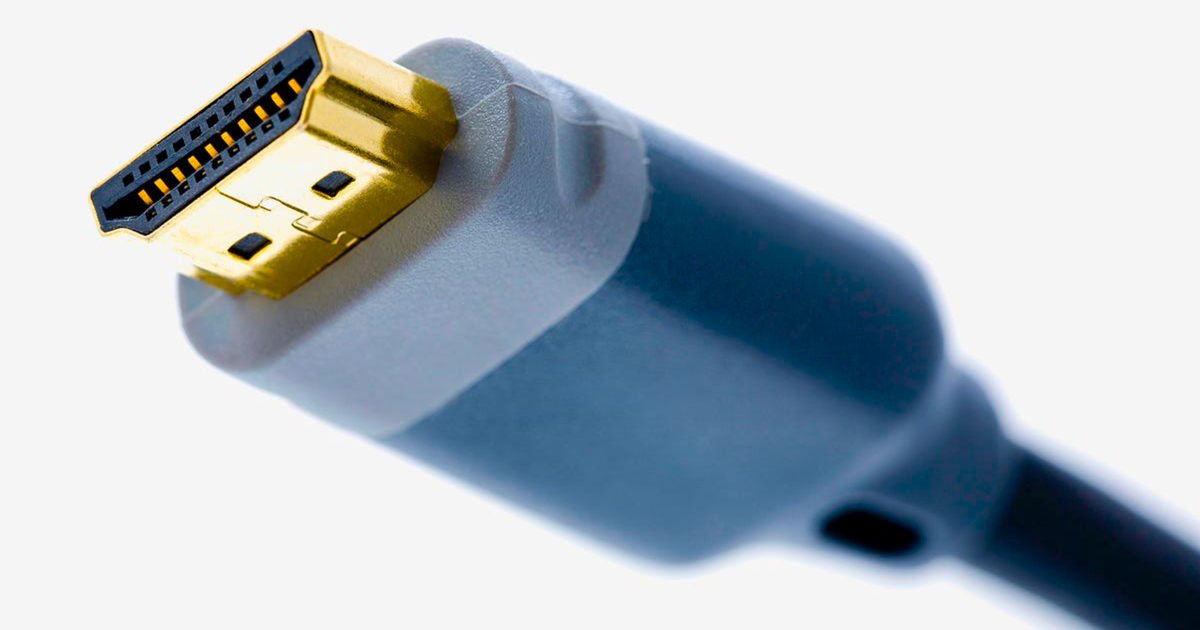If you are contemplating upgrading to HDMI 2.1, you've likely found yourself pondering the burning question that has crossed the minds of many gamers: Do you need HDMI 2.1 for gaming?
HDMI 2.1 has generated significant buzz in the gaming community, promising to revolutionize the way we experience our favourite titles. The best gaming TVs in 2023 are equipped with it. But is it truly essential for every gamer, or is it more of a luxury reserved for specific scenarios?
In this guide, we'll help you determine one thing - do you need HDMI 2.1 for gaming. Before that, we recommend you read HDMI 2.0 vs HDMI 2.1 comparison to gain a better understanding of the two HDMI versions.
Do you need HDMI 2.1 for gaming?
You don't need HDMI 2.1 for gaming, but it does offer several benefits that can enhance your gaming experience.
HDMI 2.1 offers higher resolution, faster refresh rates and support for gaming-centric features like VRR and eARC. These features and capabilities can elevate your gaming experience by delivering smoother gameplay, reduced screen tearing, and better visual fidelity.
So, if you are a dedicated gaming enthusiast who seeks the best possible experience and wants to future-proof your gaming system, then opting for an HDMI 2.1-compatible gaming TV/monitor and cables would be beneficial.
Benefits of HDMI 2.1
One of the primary advantages of HDMI 2.1 is its higher bandwidth, which allows for higher resolutions, faster refresh rates, and increased colour depth.
If you have a gaming console or a powerful gaming PC capable of outputting 4K resolution at 120 frames per second (fps) or even 8K resolution, HDMI 2.1 can handle the increased data throughput required to deliver these visuals.
It also supports Variable Refresh Rate (VRR) technology, such as AMD FreeSync or NVIDIA G-SYNC, which helps to reduce screen tearing and improve overall smoothness during gameplay.
Moreover, HDMI 2.1 introduces features like Quick Frame Transport (QFT) and Quick Media Switching (QMS), which aim to reduce latency and provide a more seamless transition when switching between different content sources or formats.
Together, these features and capabilities of HDMI 2.0 contribute to a more immersive and enjoyable gaming experience. If you are in the market for a gaming TV with HDMI 2.0, Samsung S95C, LG G3 OLED and Sony Bravia X90L are some excellent options available.






